What to Do with Leads?
When it comes to our marketing leads, we rely on Service Titan to track where our leads are coming from, and the revenue generated per Campaign.
With Service Titan, we are able to see what campaigns are working. From looking at the data, our #1 revenue producer is our existing clients, #2 are customer referrals, and #3 are service referrals. All of our leads are from our internal marketing; we do not do direct mailing, billboards, or radio.
Service-generated leads are generated directly from testing and measuring. At GV’s, we perform static pressure tests on every call. We also spend time with the customers, talking to them to find out where they have issues – hot or cold rooms, draft issues, dust or dirt appearing from nowhere, odors, etc.
Then, our service techs share what they learned, and we set up a follow-up with a comfort specialist to come in and do a deeper dive into problem spots. By the way, we document everything, including all our test results.
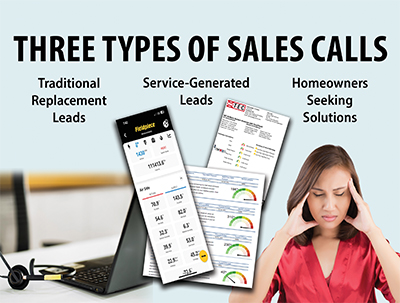
Documentation comes from the NCI AirMaxx™ app used with our TEC TrueFlow® grids and other tools and instruments.
Homeowners who want solutions to long-standing problems will call us unsolicited. These calls are usually detailed conversations where our customer service representatives will ask lots of questions, offer testing services, and set up appointments.
Our process includes documenting these calls to ensure we capture all customer information and use it to help the techs step through the problems onsite.
The phone interview with these homeowners usually includes questions like:
- How long the customer has lived in the home
- How they found us – referral, an ad, social media, etc.
- The location of their furnace in the home. Depending on this location, we can determine whether our team will need a ladder or crawl-space gear
- Which rooms in their house are too hot or too cold
- We also ask if they’ve had repairs done by other contractors.
During this phone call, we typically explain that our evaluation can take two to three hours.
The Sales Call
We have three interview processes when on the job. The first is what I call the traditional interview. When our comfort specialist arrives at the customer’s home, we always start with an interview. Then it’s time to test. We interpret airflow using our TrueFlow grid and try to get our customers involved while we are testing. This involvement is part of our customer education process.
The goal is to discover the issues, provide options for solutions, and never pressure them.
Then, we have our service-generated interview. Here, the tech talks with the customer and begins testing fairly quickly.
The tech brings in all the necessary tools – airflow hoods, instruments, test port installation kits, etc. We train the techs to include the client and to educate them. They record everything they find visually and through testing, then offer the customer options.
Again, they never try to push the customer.
And finally, when homeowners are seeking solutions, we offer them a paid diagnostic. The techs initially bring in all their tools and
interview the client. They will then introduce the client to the flow hood and begin testing, often asking the customer to help.
Click Below for the Next Page:



![High Performance Contracting: Summit 2018 Panel Discussion on Implementation [PART 1]](https://hvactoday.com/wp-content/uploads/2018/06/DSC_0613-Panel-Discussion-4c3-440x264.jpg)
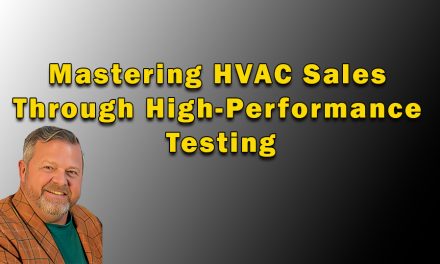

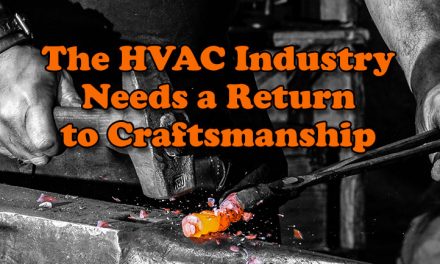
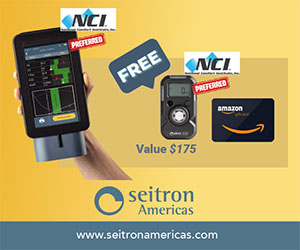




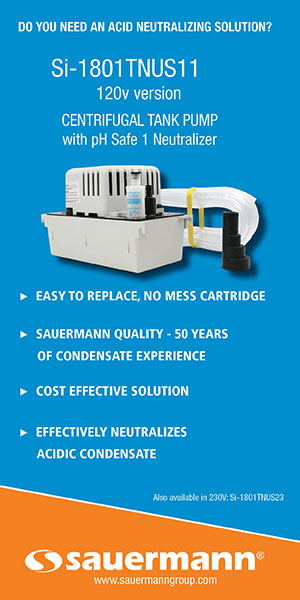
Recent Comments